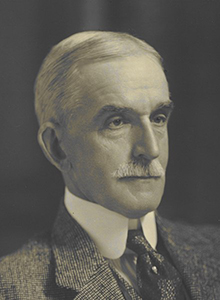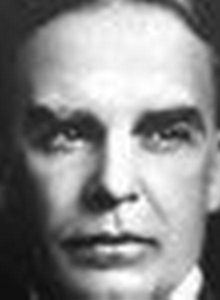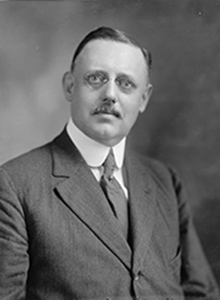
Charles A. Morss
- President, Federal Reserve Bank of Boston, 1917 – 1922
- Born: July 13, 1857
- Died: July 25, 1927
Charles A. Morss was the second leader at the Federal Reserve Bank of Boston, serving as governor from December 1917 to December 1922.
Morss was born in 1857 in Boston. After graduating from the city's public schools, he entered the wool business, associating himself with a man who would later form the firm Hobbs, Taft & Co. In 1880 he spent six months in Australia studying the business. Morss became a partner of this firm in 1884, a position he would hold until 1887, when he went to work for his father at Morss & Whyte, a wire working firm.
After nine years, Morss left his father's company to become treasurer of Simplex Wire and Cable Company, a producer of insulated wire. In 1911, he was elected chairman of the newly organized National Citizens League for an Improved Banking System. Although his professional career was spent in the business field, he served as a board member of the First Ward Bank of East Boston and the First National Bank of Boston, positions that helped prepare him for work with the Boston Fed.
In 1914, he became a director on the Boston Fed's board of directors, where he was a member of the Executive Committee and chairman of the Building Committee. He resigned four years later to become president of the Bank. He was active in the World War I Liberty Loan drives and made headlines when he publically declared that the wealthiest New Englanders were not doing their fair share in support. During his tenure, the Bank constructed its first permanent home at the corner of Pearl and Milk Streets in the heart of Boston's Financial District.
Morss left the Boston Fed at the end of 1922 to rejoin Simplex Wire and Cable Company as a vice president and director. He continued to serve the Federal Reserve System as a member of the Federal Advisory Council from 1924 to 1926.
Morss died in 1927 at his home in Chestnut Hill, Massachusetts.
Written by the Federal Reserve Bank of Boston.See disclaimer and update policy.



 X
X  facebook
facebook
 email
email